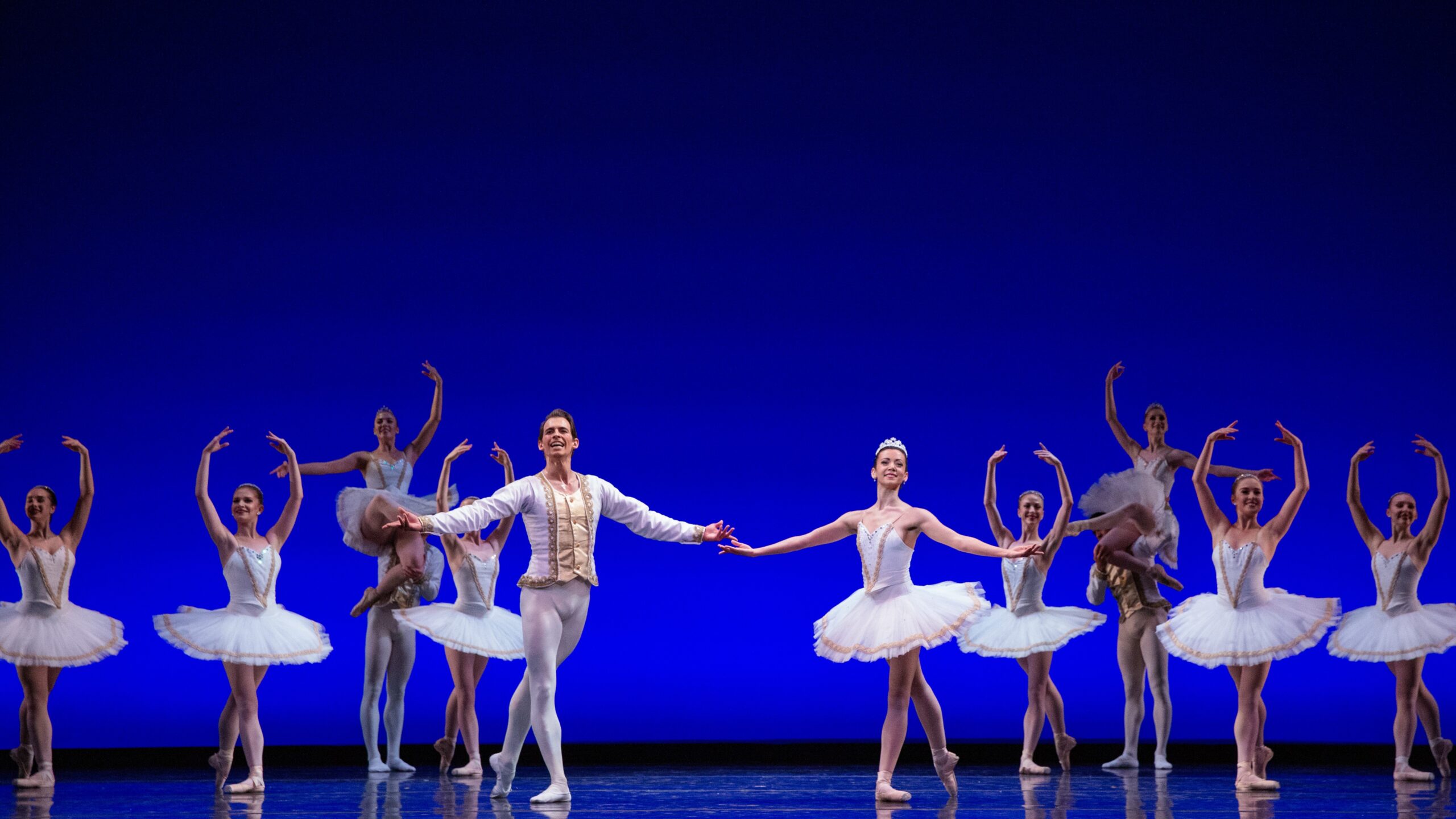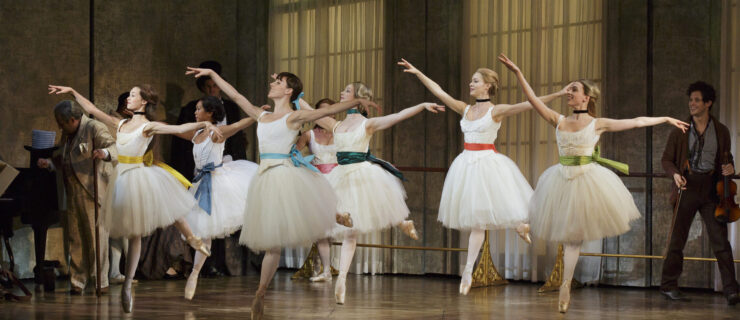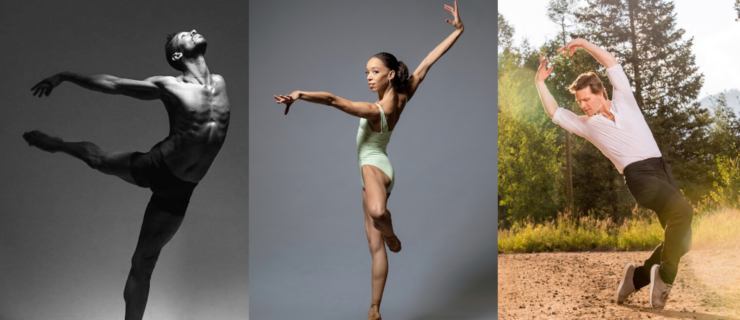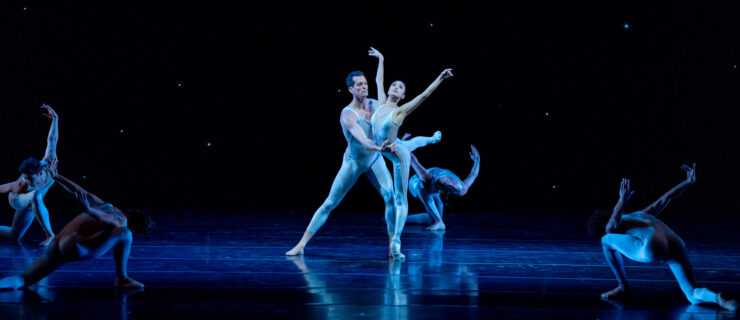Catching Up With Texas Ballet Theater’s New Artistic Director, Tim O’Keefe
After 20 years as associate artistic director at Texas Ballet Theater, Tim O’Keefe now sits in the director’s chair. On July 1, 2023, O’Keefe succeeded artistic director Ben Stevenson, who ran the company from 2003–22.

A Houston native, O’Keefe joined Houston Ballet as a corps de ballet member in 1982 and was promoted to soloist in 1985, then to principal in 1995. He retired from dancing in 2002 to assume his position as associate artistic director at TBT from 2002–22, then served as acting artistic director from 2022–23. As Stevenson’s trusted right-hand man for two decades, O’Keefe honed his leadership skills and built trust with the dancers and Dallas-Fort Worth audiences. He is now as ready as he can be for the top job.
O’Keefe spoke with Pointe about his new position, his vision for TBT, and more.
What does the appointment to artistic director mean to you personally?
It’s very humbling and an honor that the board had that kind of confidence in me and chose me to do this role. The responsibility factor is enormous. What I am most glad about is the continuity factor, in that we can carry on with what the organization has been working on for the last 20 years. We can expand and grow that and keep going with the artistic vision, which includes providing the highest-caliber productions and education in our North Texas community, continuing to share ballet, classical, neoclassical, and contemporary work. We can continue doing what we do best.
What was the transition from performer to director like?
It took a while. I jumped from being a performer at Houston Ballet for 20 years into the associate artistic director role in 2002. Ben didn’t know what I was going to be like; I didn’t know what it was going to be like. I was stepping into something I did not have a lot of experience with, so it was a big learning curve. You just sit back, watch, and really learn. And I still do that. You never stop learning.
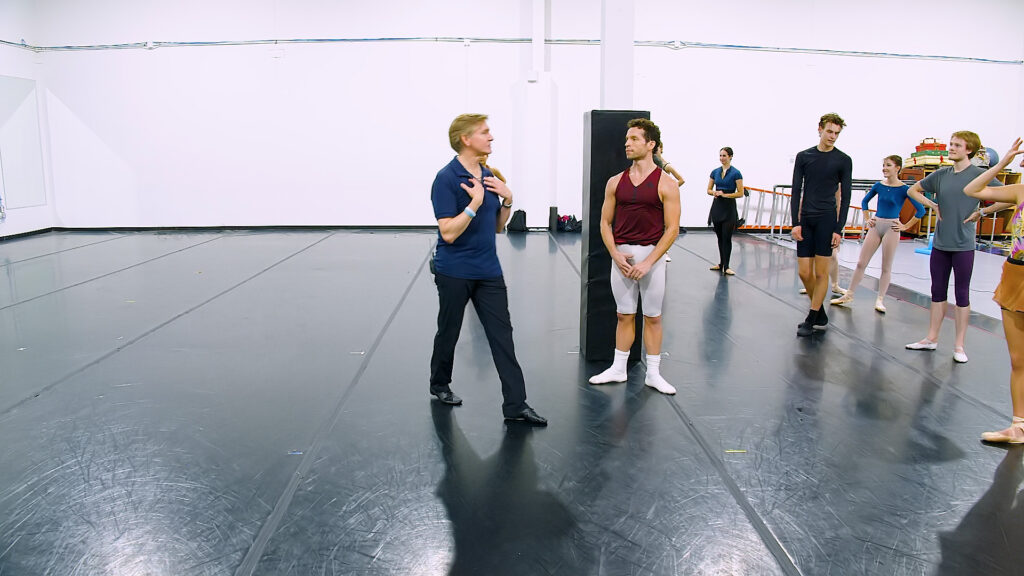
I had to step away from being a dancer to see the big picture: How do you rehearse in such a way that the dancers and the ballet are going to look the best? It took a while for me to switch gears and into that mindset. I’ve made the crossover, so my brain works in a different way now.
What kind of repertory do you hope to maintain, and what kind of choreographers are you hoping to bring in?
Fortunately, we have Ben’s works as the base of the company, and we have developed our audiences with these wonderful ballets. There will be new classical ballets to add to the repertory. We must do contemporary works as well because that is what makes a challenging season. I also want to do some of Ben’s ballets that we did in Houston but have not done here. In our 2024–25 season, our entire Mixed Repertoire evenings will also feature all women choreographers, with four performances in Dallas and four in Fort Worth.
It’s been interesting for me to see what’s out there. I’m interested in full-length ballets that are not in the regular format, that are a little more contemporary. It’s really about the stories. We are a storytelling company—I would like to bring works that tell stories in different ways.
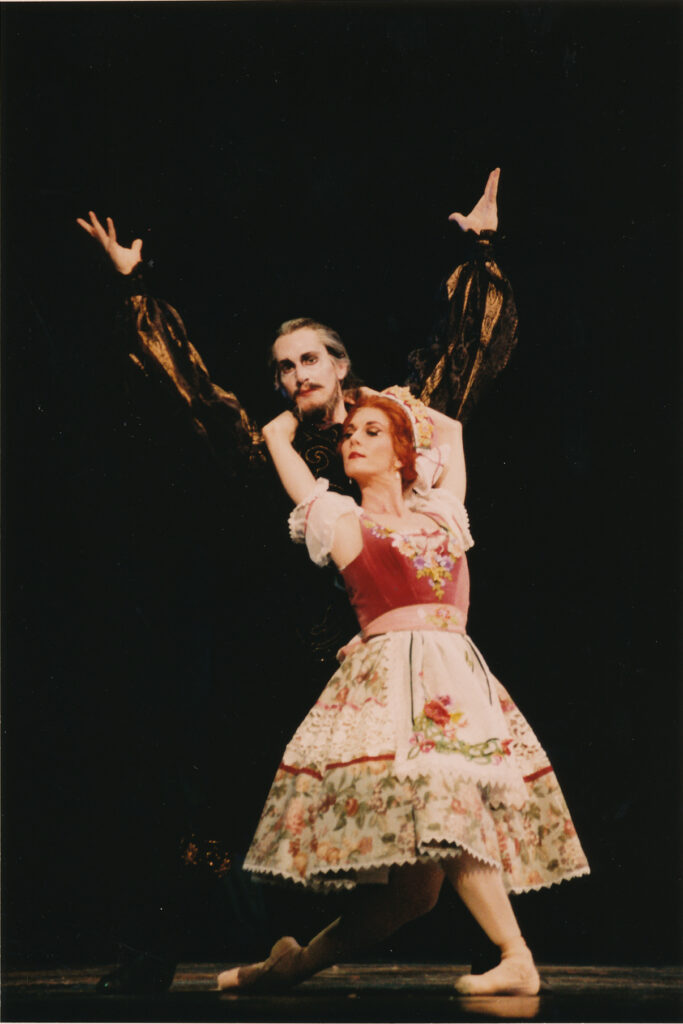
TBT opens the 2023–24 season with Ben Stevenson’s Dracula. Since you originated the role at Houston Ballet, what advice do you have for the dancers moving into the Dracula role?
The hardest thing is the intensity level that you have to be at throughout the ballet. You are not some happy peasant that can stand at the side while your partner does her variation and you can rest. In Act I, it’s just you, and you are on the stage the whole time. It’s wonderful and such a great character to portray. It’s fun being evil!
I tell my dancers that they really have to find that character and control the intensity, otherwise it’s going to eat your energy up really quickly. I tell them to be prepared—have your power drink on the side ready to go.
It’s been a bumpy ride in the performing arts since COVID. What challenges do you see on the horizon?
We need to find a way to keep the audience coming and interested. There’s nothing like being in the theater for a live performance. It’s coming back, but there’s work to do—how do we balance keeping the repertory interesting for the dancers and the audience? Luckily, we had a stellar year with The Nutcracker, and it’s interesting that there were a lot of new people [in attendance]!
What are you most looking forward to this season?
What gets me the most excited is to see the dancers in action, to see how they grow. It’s about them. We are doing all of this to get them to be seen. They just amaze and inspire me. They always have.
